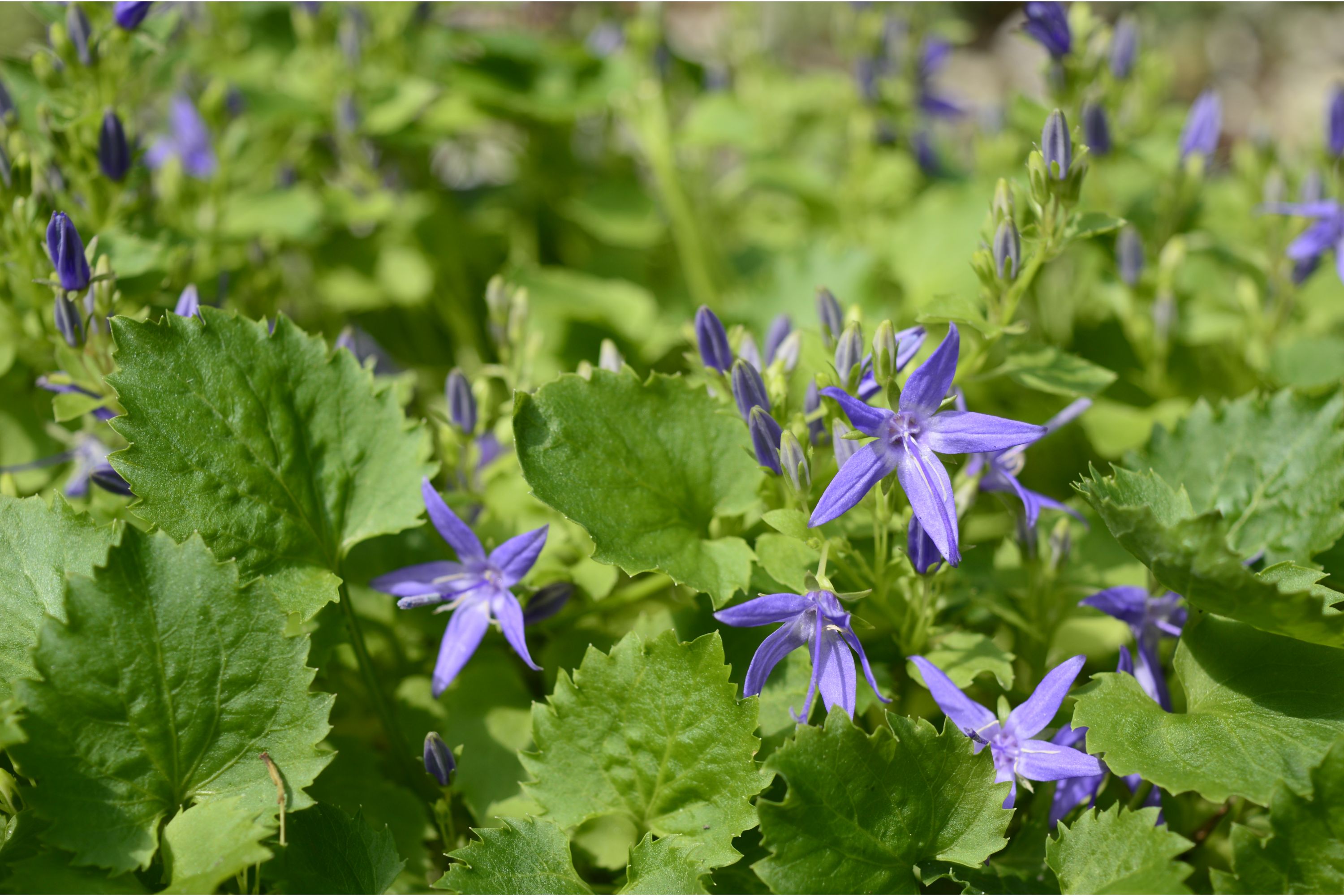Adriatic Bellflower
(Campanula fenestrellata)

Description
Campanula fenestrellata is a species of Magnoliopsida described by Heinrich Feer. Campanula fenestrellata belongs to the genus Campanula, and the family Campanulaceae. This species is divided into the following subspecies: C.f. debarensis C. f. fenestrellata C. f. istriaca Campanula species are used as food plants by the larvae of some Lepidoptera species including common pug (recorded on harebell), dot moth, ingrailed clay (recorded on harebell), lime-speck pug and mouse moth. Well-known species include the northern temperate Campanula rotundifolia, commonly known as harebell in England and bluebell in Scotland and Ireland (though it is not closely related to the true bluebells), and the southern European Campanula medium, commonly known as Canterbury bells (a popular garden plant in the United Kingdom). As well as several species occurring naturally in the wild in northern Europe, there are many cultivated garden species. The cultivars 'Misty Dawn' and 'Kent Belle' have gained the Royal Horticultural Society's Award of Garden Merit. The species Campanula rapunculus, commonly known as rampion bellflower, rampion, or rover bellflower, is a biennial vegetable which was once widely grown in Europe for its spinach-like leaves and radish-like roots. In many English translations of the Brothers Grimm's tale Rapunzel, rampion is the vegetable that is stolen from the witch. (Rapunzel is a completely different plant, Valerianella locusta.) In the UK the National Collection of campanulas is held at Burton Agnes Hall in East Yorkshire and the National Collection of Alpine Campanulas at Langham Hall, Bury St Edmunds, in Suffolk.
Taxonomic tree:







